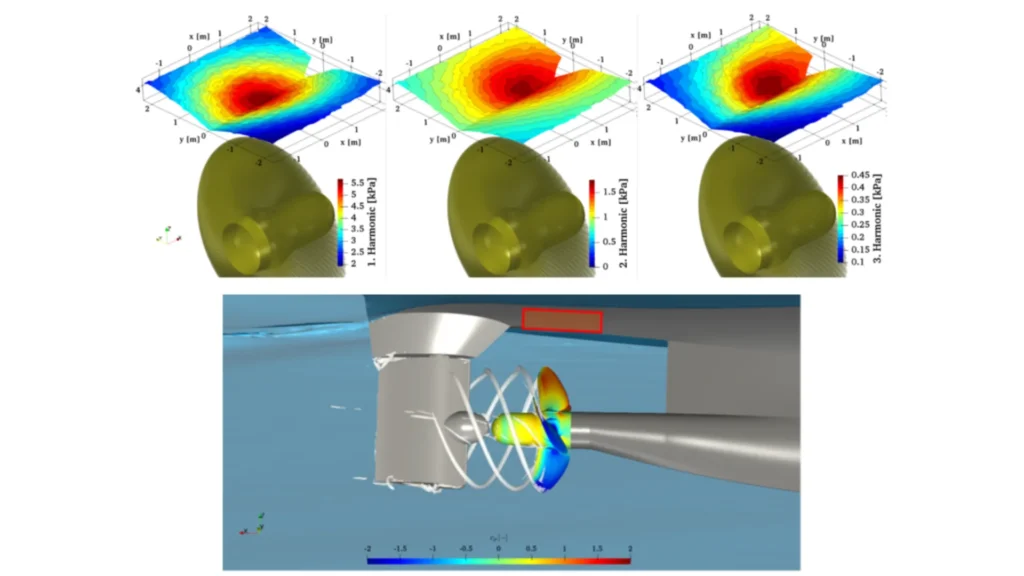
HyPNoS research project boosts underwater life preservation through advanced technology
The project was able to reduce the URN by 5 decibels using an optimized propeller, despite having a smaller diameter.

The project was able to reduce the URN by 5 decibels using an optimized propeller, despite having a smaller diameter.
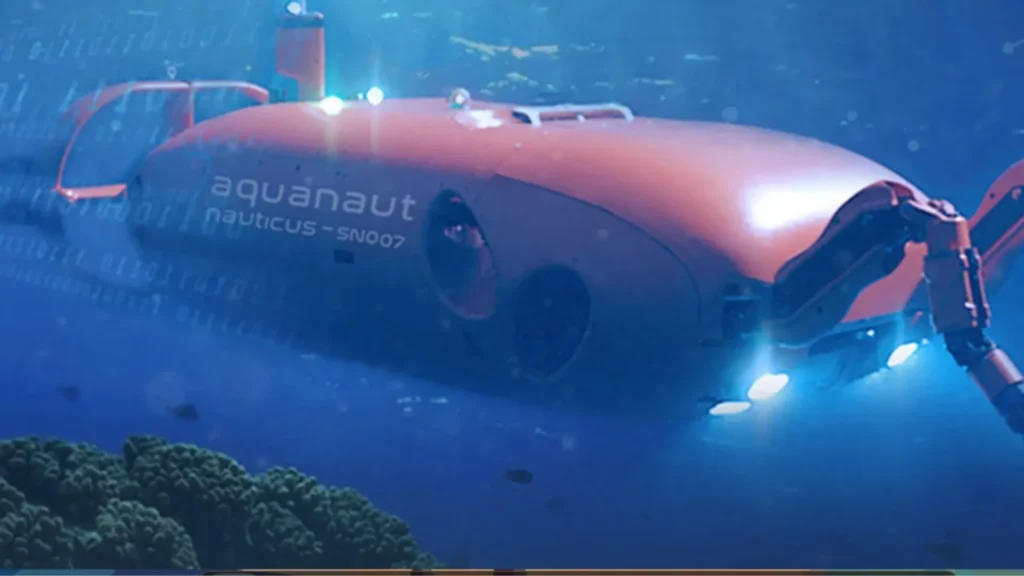
Nauticus Robotics expects to save up to 90% on Aquanaut Mark 2 testing costs through its collaboration with FAU.
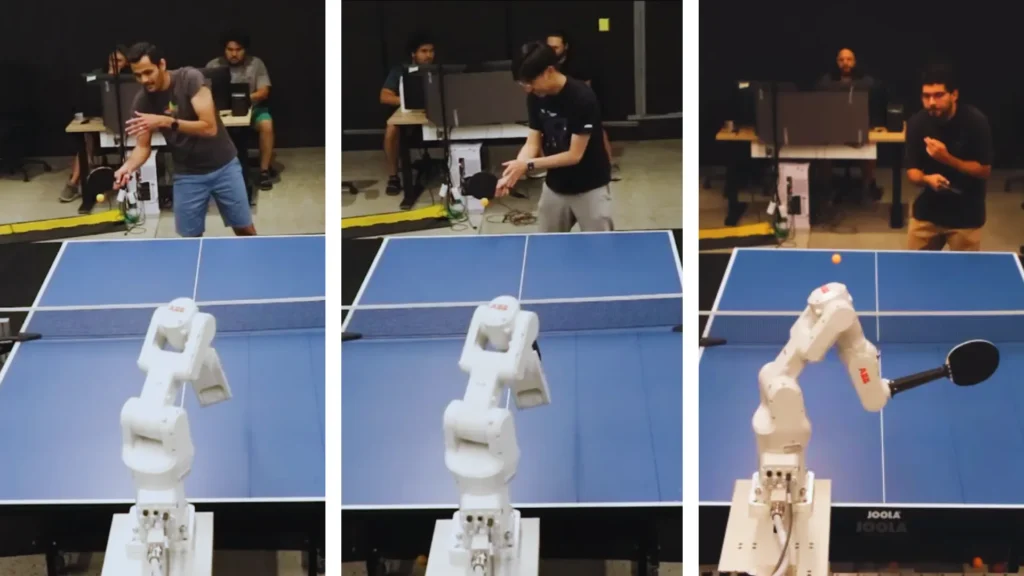
Google's DeepMind robot won 45% of its matches against human players, but failed to beat advanced level players.

The Sea Changue is the only ship in the world with potable emissions.
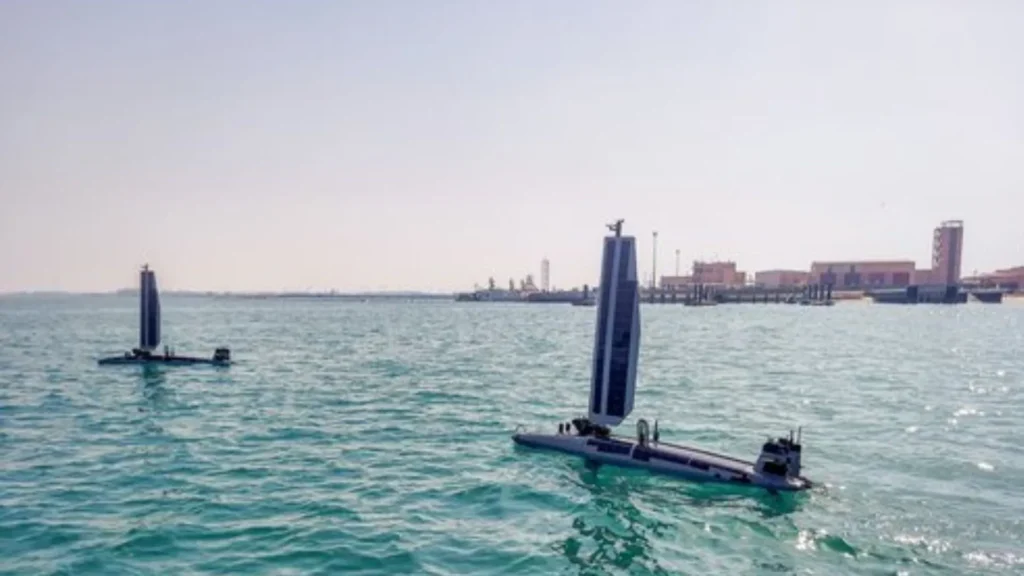
Triton is the world's only autonomous submarine that operates entirely on solar and wind power, capable of submerging for up to 5 consecutive days.
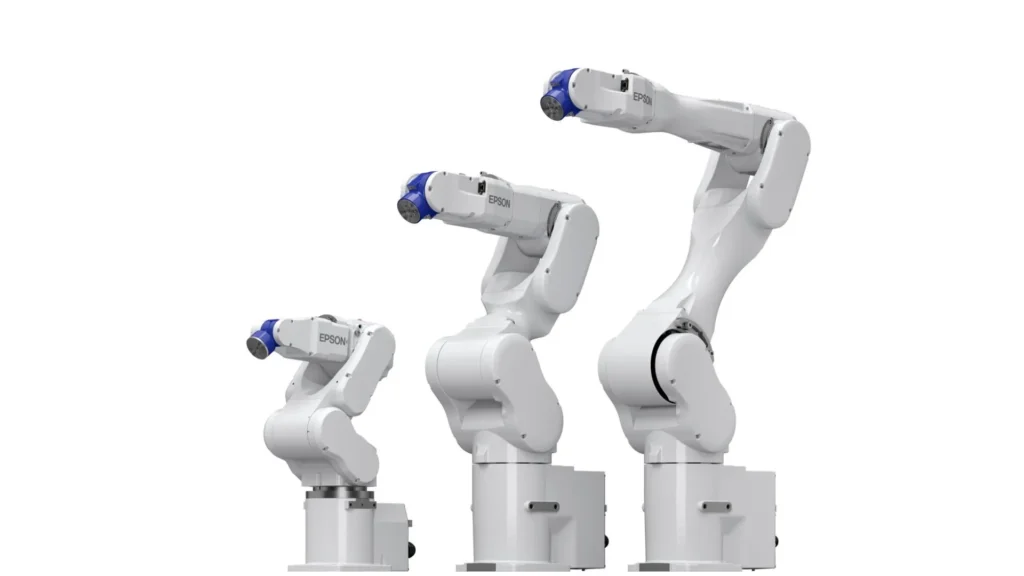
Epson integrated SafeSense technology into the line of 6-axis robots.
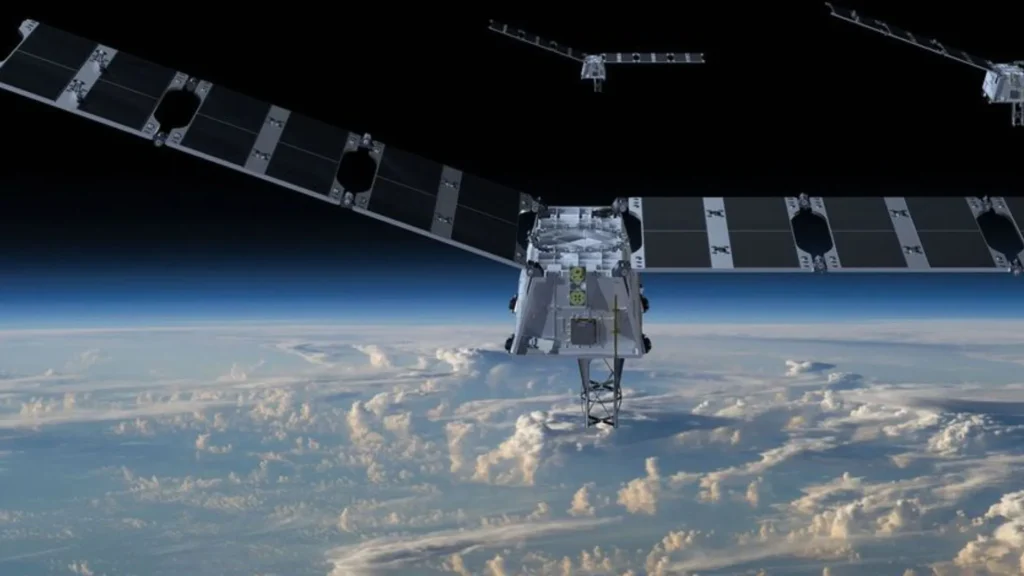
Moun offers its customers the possibility of accessing space without the need to develop their own flight hardware or software.
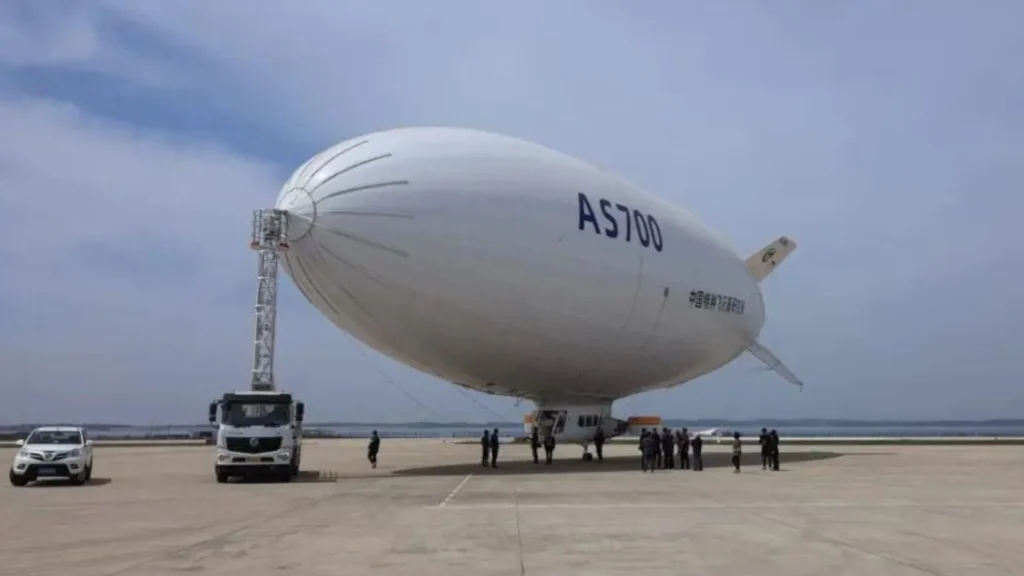
The AS700 has the ability to take off and land in confined spaces, making it more flexible and versatile than other aerial vehicles of its type.
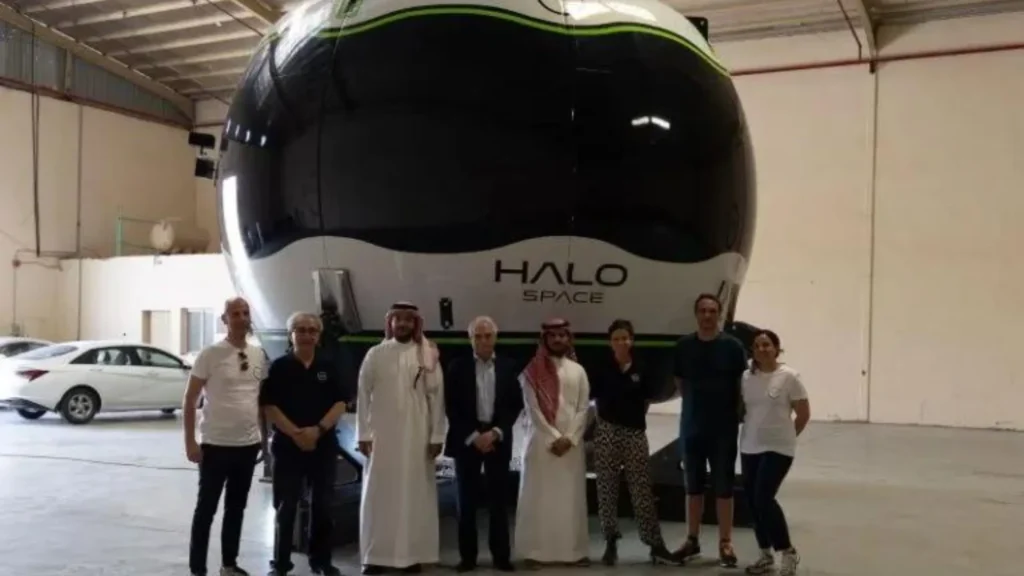
The space balloon will take passengers to an altitude of 35 kilometers, allowing them to view the curvature of the Earth and space for six hours.
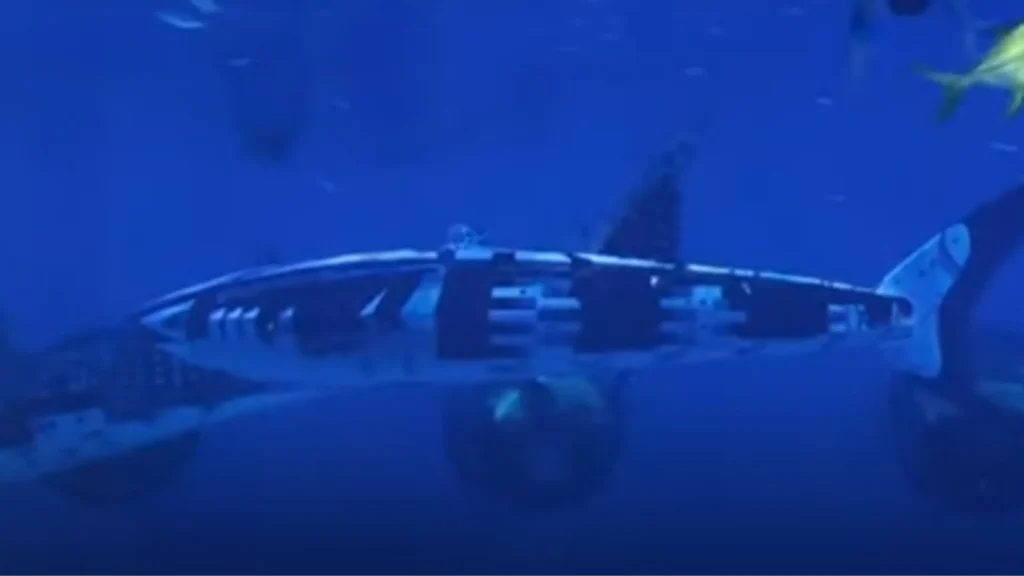
It is equipped with seven actuated joints that require precise computational and communication coordination to replicate complex movements.
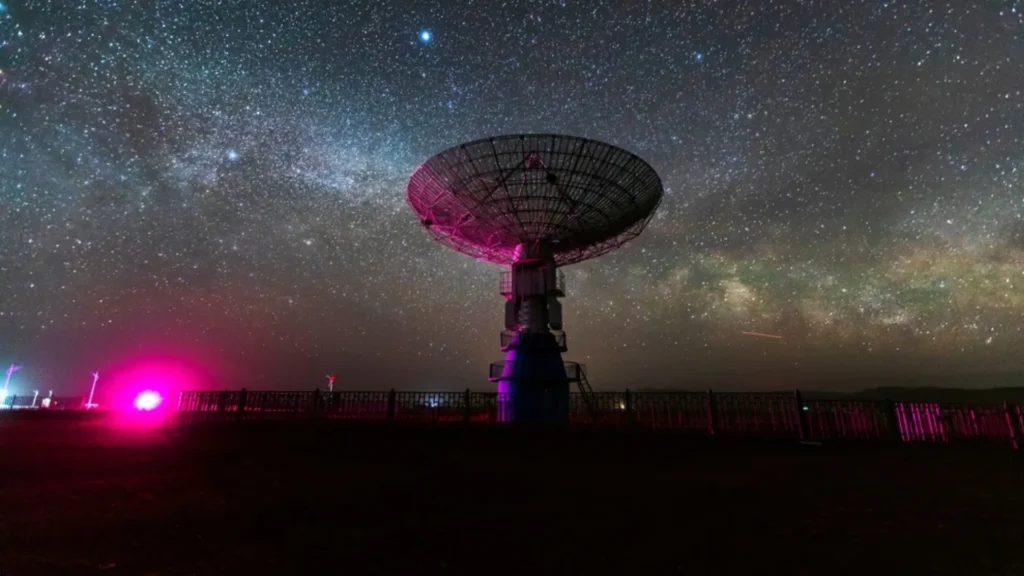
The SKA project, with thousands of antennas distributed in Australia and Africa, promises to be the most sensitive and advanced radio telescope ever built.

NVIDIA has demonstrated that its new technology can reduce robotic development time from months to less than a week, revolutionizing the industry.